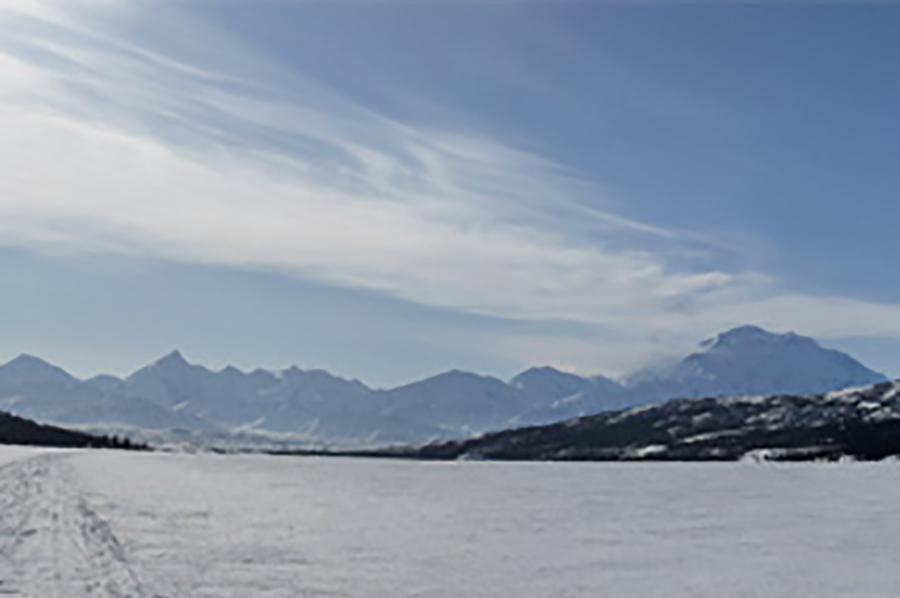Diseases hidden in ice
https://www.nps.gov/dena/learn/photosmultimedia/images/wonder-lake-winter-pano-thumb.jpg
The tundra is home to thousands of diseases that are coming back to life.
May 12, 2017
Thousand year old diseases are coming back to life. Multiple people are getting sick. A little boy has died.
There are about 30,000 diseases known to medicine. They impact us in many different ways, but fortunately people have grown to know how to resist and fight off these many different diseases. Unfortunately diseases have developed new ways of infecting humans.
One method that is used to fight these disease is the use of antibiotics. We take them for granted, but these antibiotics have only been around since the late 1800s. Antibiotics are used to fight bacterial infections. Penicillin, the first known antibiotic, discovered by Alexander Fleming in 1928..
What would happen if humans were suddenly exposed to deadly bacteria that disappeared for thousands of years?
Recently NASA scientists successfully revived bacteria that had been encased in a frozen pond in Alaska for 32,000 years. We don’t know what impact this is going to have on our world.
Climate change has helped many diseases come back to life. Climate change is melting layers of ice that have been frozen for thousands of years. Permafrost layers about 50 cm deep melt every summer. Global warming is now gradually exposing older permafrost layers. As the ice melts, many ancient viruses and diseases are released and are springing back to life.
In Siberia, a heat wave melted the layer of permafrost. The melted layer of ice exposed a carcass of a reindeer that was infected with Anthrax. They believe this animal died about one hundred years ago. The release of the anthrax caused a 12 year old boy to die and eight others to become hospitalized.
According to Jasmin Fox-Skelly on the website Earth “People and animals have been buried in permafrost for centuries, so it is conceivable that other infectious agents could be unleashed. For instance, scientists have discovered fragments of RNA from the 1918 Spanish flu virus in corpses buried in mass graves in Alaska’s tundra. Smallpox and the bubonic plague are also likely buried in Siberia.”





